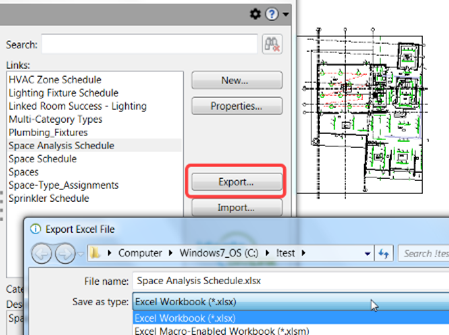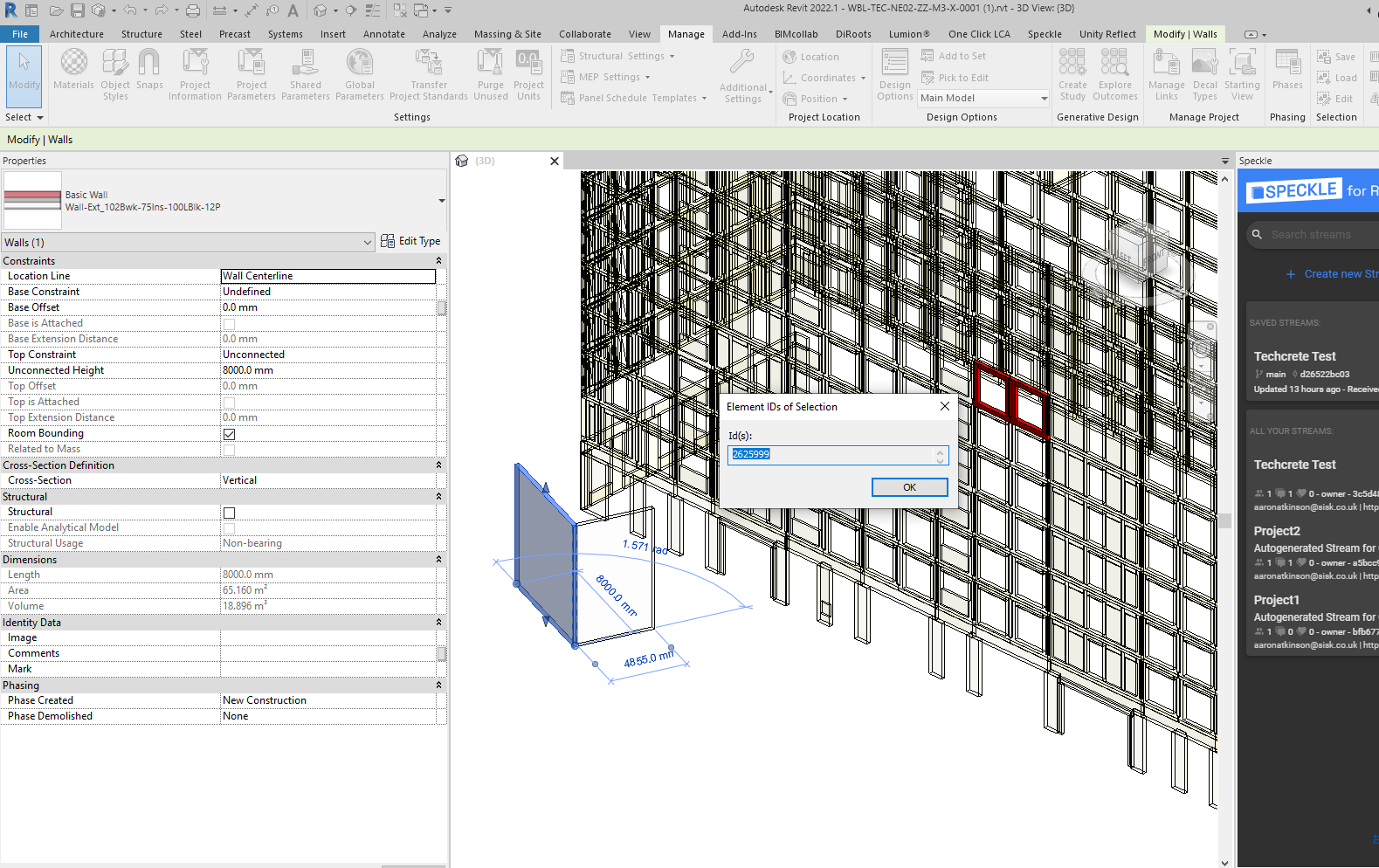Revit Accelerator: Excel Assimilation Approaches for Boosting Performance and Partnership
Are you looking to enhance your productivity and cooperation while utilizing Revit? Look no more! In this article, we will explore the benefits of incorporating Excel into your Revit process. Discover how you can streamline your procedures, take full advantage of cooperation, and even learn advanced methods for increasing efficiency. And also, we will certainly share finest methods for flawlessly incorporating Excel right into your Revit projects. Prepare yourself to supercharge your Revit experience with our Revit Accelerator: Excel Combination Techniques!
Advantages of Excel Assimilation in Revit
The advantages of Excel integration in Revit are many and can substantially boost efficiency and collaboration. By seamlessly attaching these two powerful tools, you can simplify your workflow and save useful time. With Excel assimilation, you can conveniently import and export data in between Revit and Excel, enabling you to utilize the staminas of both programs.

Another benefit of Excel combination is the ability to create dynamic schedules and reports. By linking your Revit version to an Excel spread sheet, any kind of modifications made in Revit will instantly upgrade in the equivalent Excel data. This makes it simple to generate up-to-date routines, quantity takeoffs, and other job documentation.
Excel combination in Revit additionally allows much better collaboration among staff member. With the capacity to import and export data, you can quickly share info with associates who might not have accessibility to Revit. This promotes reliable communication and permits better coordination and decision-making.
Simplifying Process With Revit and Excel
Streamlining process with Revit and Excel can substantially enhance efficiency and cooperation. By integrating these 2 effective tools, you can optimize your style process and boost communication within your group. With Revit, you can create 3D designs and produce detailed building and engineering documentation. However, when it comes to data management and analysis, Excel is the best software application. By incorporating the abilities of Revit and Excel, you can effortlessly transfer information between the two applications, getting rid of the need for manual information access and decreasing the threat of mistakes.
Using Revit and Excel together enables you to take advantage of the toughness of each program - revit plugins. You can export information from Revit right into Excel, where you can do complicated estimations, develop graphs and charts, and assess the info in a more reliable and organized way. On the other hand, you can import data from Excel right into Revit, allowing you to quickly update your models and documents based on modifications made in Excel
The integration of Revit and Excel also promotes cooperation among staff member. By sharing Excel documents, you can quickly collaborate and communicate on layout and construction-related data. This enhances sychronisation and guarantees that everybody is functioning with the most updated info.
Making Best Use Of Cooperation With Excel and Revit
To optimize why not try these out cooperation with Excel and Revit, you can seamlessly upgrade and share design and construction-related data with your group. With simply a couple of clicks, you can import Excel spread sheets right into your Revit version, allowing you to conveniently access and manipulate the information.
Among the key advantages of utilizing Master conjunction with Revit is the capability to upgrade data in both programs all at once. Any type of adjustments made in Excel will instantly be reflected in Revit, and the other way around. This makes certain that everyone is working with the most current details, preventing complication and conserving useful time.
Furthermore, Excel offers powerful tools for analyzing and organizing data, which can considerably improve your cooperation efforts. You can produce custom records and graphes in Excel, assisting you to picture and interact vital project info successfully. This can be specifically beneficial when presenting data to stakeholders or making informed choices based on job metrics.
Advanced Methods for Enhancing Productivity in Revit Making Use Of Excel
By utilizing sophisticated techniques in Revit, you can dramatically boost your efficiency by leveraging the power of Excel. One of the vital strategies for improving productivity is by utilizing Excel as a data management tool. With Revit's Excel combination feature, you can link Excel spreadsheets straight to your Discover More Here Revit design, permitting you to easily take care of and update information. This combination allows you to produce timetables, determine amounts, and carry out information analysis effectively.

Furthermore, you can make use of Excel macros to automate repetitive tasks in Revit (import excel into revit). Macros allow you to tape-record a collection of activities and play them back with a solitary click, saving you effort and time. You can create a macro to automatically create room schedules or update specification worths in mass.
Ideal Practices for Excel Assimilation in Revit
Making Use more info here Of Excel as a data management tool in Revit allows for efficient management and updating of data. By integrating Excel into your Revit workflow, you can streamline your processes and improve performance. One of the most effective techniques for Excel assimilation in Revit is to develop a clear and arranged information framework. This indicates creating your Excel spread sheets with columns and rows that line up with the specifications and classifications in your Revit job. By doing so, you can quickly import and export data between Revit and Excel without any complication. An additional finest method is to utilize formulas and features in Excel to automate estimations and information control. This can save you time and ensure precision in your information administration. Additionally, it is very important to routinely update your Excel spread sheets and sync them with your Revit job. In this manner, any adjustments made in Revit will certainly be reflected in your Excel files, and the other way around. By complying with these best techniques, you can successfully use Excel as a data management device in Revit and boost your performance and cooperation.
Final Thought
In verdict, incorporating Excel with Revit can greatly enhance productivity and collaboration in the design process. By leveraging the power of Excel, Revit users can achieve higher degrees of performance and cooperation in their tasks.
With Excel assimilation, you can conveniently import and export information in between Revit and Excel, enabling you to take advantage of the staminas of both programs.
One of the crucial advantages of Excel integration is the ability to use Excel formulas and functions within Revit. By connecting your Revit version to an Excel spread sheet, any type of modifications made in Revit will automatically upgrade in the equivalent Excel documents. On the other hand, you can import data from Excel right into Revit, allowing you to swiftly update your models and documents based on adjustments made in Excel.
With Revit's Excel combination function, you can link Excel spreadsheets directly to your Revit version, permitting you to conveniently take care of and update data.